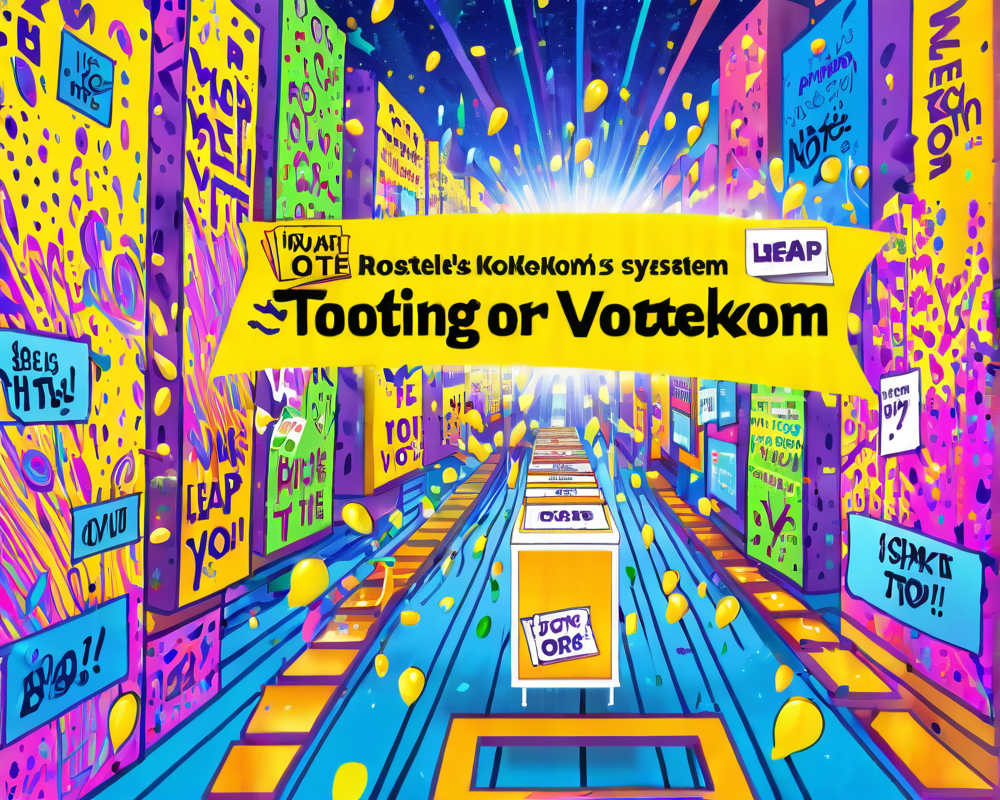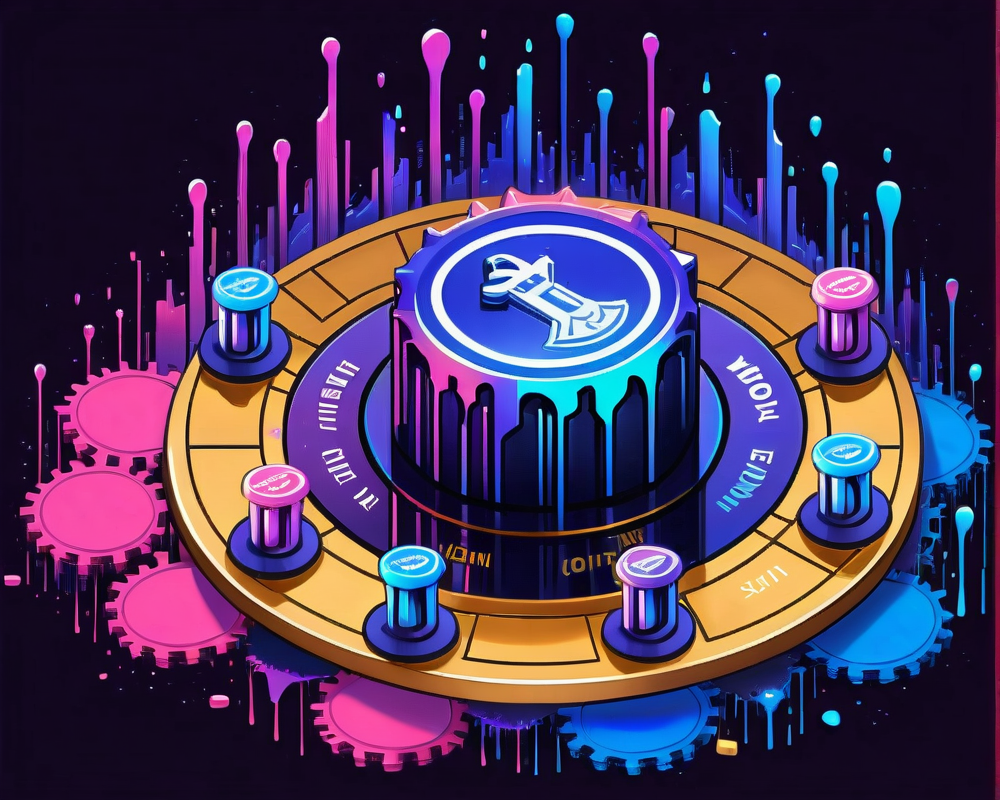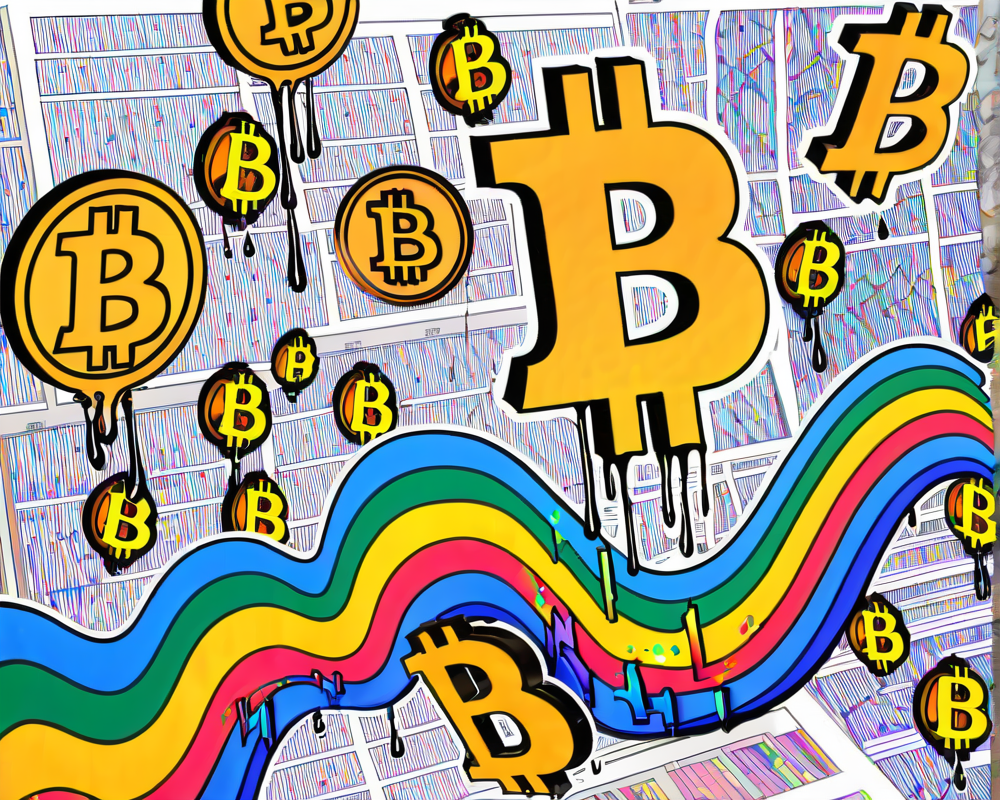The Trial of a New Era in E-Voting
In an intriguing move towards modernizing elections, Rostelekom has partnered with the Russian government and Waves Enterprise to test a new blockchain-based voting system. The recent trial involved an impressive 30,000 participants, making it a significant step in Russia’s ongoing experimentation with digital democracy.
How It Works: Under the Hood
So, what exactly happened during this test? The blockchain system utilized something called homomorphic encryption. In simpler terms, this method allows calculations to occur while keeping the voter data safely tucked away in its encrypted bubble. As a result, votes could be counted in under a minute, showcasing the potential speed of the system. Who wouldn’t want their vote counted faster than waiting for a pizza delivery?
Usability Challenges: The Human Element
While the technology held up under pressure, the test also revealed that user experience is key. Officials flagged several usability issues that arose during the trial, promising to address this feedback to make the interface more user-friendly and intuitive. After all, even the most advanced technology won’t help if users are left scratching their heads wondering if they just voted or signed up for a gym membership.
The Road Ahead: Upcoming Elections and Mock Trials
The stakes are high as this platform gears up for its real-world debut during the partial parliamentary elections in the Kursk and Yaroslavl regions from September 11-13. But before that, there’s a mock election on August 31 to fine-tune the system. Think of it as a dress rehearsal where everyone hopes no one forgets their lines.
A Look Back: Learning from the Past
This initiative is part of a larger history of blockchain voting in Russia, which dates back to 2019. The previous platforms faced a heap of criticism, including allegations of fraud and security flaws. The collaboration with Waves Enterprise promises a fresh start; however, skepticism remains. Critics argue that if these systems can’t be validated by outside observers, do they represent real progress, or are they just a centralized voting system dressed up in blockchain’s shiny robes?




